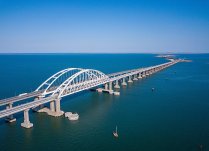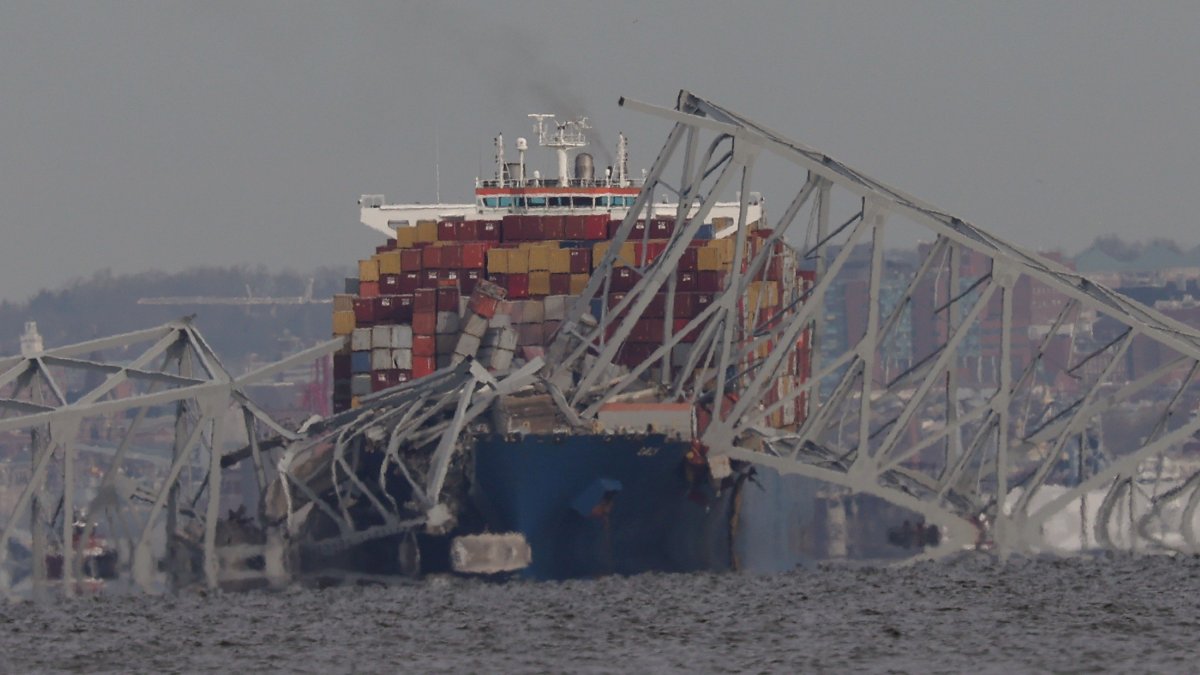I worked at sea when I was younger, only roro cargo ships and mostly spain-england-germany-sweden as destinations (car and paper freight).
All ships I worked at had main engine generator, two aux. generators and an emergency generator located in a different location.
Always when going in close proximity to land we where required to have both aux. generators online, for example in kiel canal and when moving in ports. I would be surprised if not the same regulations where in place here.
When moving in ports the main engine generator where required to be switched over to the separate thruster power bus, as the aux gen's didn't have the power to supply the thrusters by themselves. Might be a misstake in switchover that generated a blackout.
However, a container ship is a totally different animal from my medium-speed engine vessels (550 rpm

), and the power grid so to speak probably have a different layout.
What is surprising is the total blackout, that is a rare occasion. Usually the emergency generator springs to life rather quick and lights would have been restored.
What might have happened here is at the first blackout, the steering probably would be gone but not engine controls. The confusion must be quite bad as the pilots on board is not accustomed the that specific ships procedures. Any delay in action is valuable time. Emergency steering can be done but is located in the rudder machinery room, take some time to get there too. And in any case, in total power loss there is not even emergency steering.
The crew might have tried to give max reverse power but as these kind of ships often don't have controllable pitch propellers the engine has to be stopped, camshaft shifted and engine started in reverse. Might take some time.
Also, during reversing the rudder become pretty useless. Give a hard rudder command and full reverse, all that happens is cavitation and propeller rotational effect will overcome rudder effect.
All of above is natural reactions in these situations. The trainwreck in slow motion is for us as observers, the crew probably felt everything happend in ultra-rapide.
If I would hazard a guess (I've not even seen the video), I think that when the first blackout happened there should not have been a real emergency if the procedures where in place and they were followed.
But the situation spiraled out of control from that point due to confusion and ill thought out quick actions from various people. That is most often the underlaying cause, sadly. But I may very well be wrong, and the crew did everything correct...





